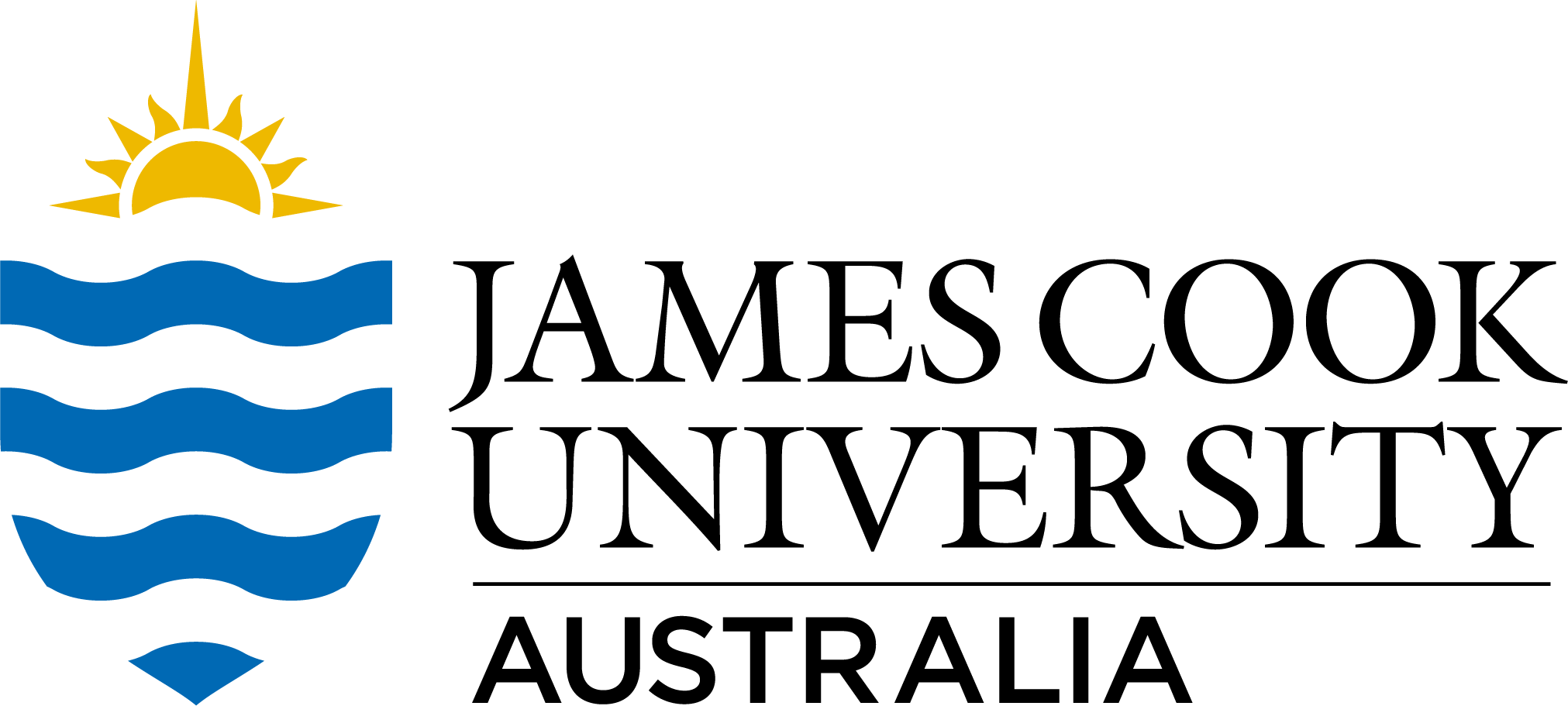Full description
Data on the estimated biomass and productivity of different reef fish familes from various locations around Lizard Island, Great Barrier Reef, Australia.
Abstract [Related publication]:
- The ecological functions of nocturnal coral reef fishes are poorly known. Yet, nocturnal resources for consumers are theoretically as abundant and productive, if not more so, than their diurnal counterparts. In this study, we quantify and contrast the energetic dynamics of nocturnal and diurnal fishes in a model coral reef ecosystem, evaluating whether they attain similar levels of biomass production.
- We integrated a detailed dataset of coral reef fish counts, comprising diurnal and nocturnal species, in sites sheltered and exposed to wave action. We combined somatic growth and mortality models to estimate rates of consumer biomass production, a key ecosystem function.
- We found that diurnal fish assemblages have a higher biomass than nocturnal fishes: 104% more in sheltered sites and 271% more in exposed sites. Differences in productivity were even more pronounced, with diurnal fishes contributing 163% more productivity in sheltered locations, and 558% more in exposed locations.
- Apogonidae dominated biomass production within the nocturnal fishes, comprising 54% of total nocturnal fish productivity, proportionally more than any diurnal fish family.
- The substantially lower contributions of nocturnal fishes to biomass and biomass production likely indicates constraints on resource accessibility. Taxa that overcome these constraints may thrive, as evidenced by apogonids. This study highlights the importance of nocturnal fishes in underpinning the flow of energy and nutrients from nocturnal resources to reef communities; a process driven mainly by small, cryptic fishes.
Research data contains both the code and the data for the publication of "The Role of Nocturnal Fishes on Coral Reefs: A Quantitative Functional Evaluation".
The zipped file contains word documents that explain the raw data table and the KML files used to create figures. Data was analysed using RStudio and KMLs were created using Google Earth Pro.
Created: 2022-09-06
Data time period: 04 2017 to 31 12 2018
text: Lizard Island, northern Great Barrier Reef, Queensland, Australia
User Contributed Tags
Login to tag this record with meaningful keywords to make it easier to discover
- DOI : 10.25903/DEVH-2H34

- Local : researchdata.jcu.edu.au//published/a64560a0062311ed91f7d39bc702b355


